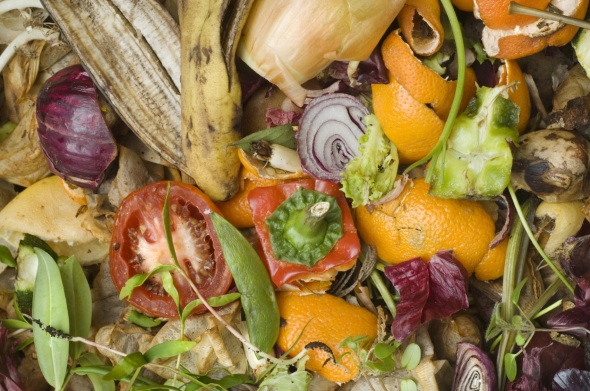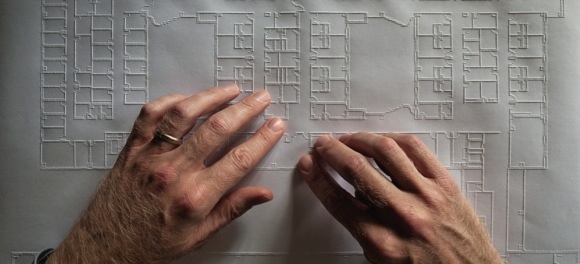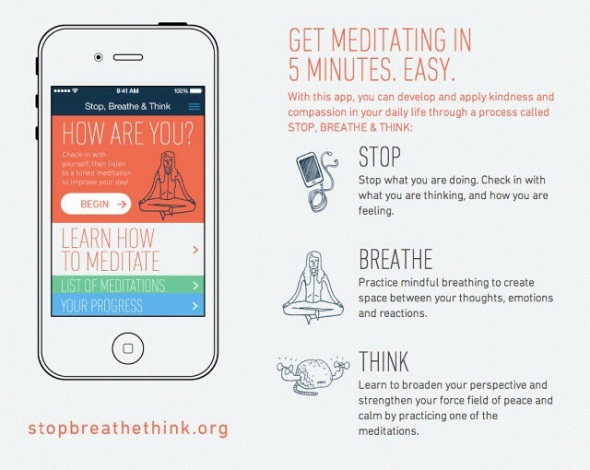Knitting Project: Women’s Jumper Completed.
Posted: January 29, 2014 Filed under: Personal Projects | Tags: Knitting, Personal Project Leave a commentThis project took roughly three months, I modified an existing pattern and designed my own colour scheme and moss stitch detailing. I knitted this jumper with wool blend aran yarn, 75% of which is natural wool, which gives it good thickness and texture. I decided on the rich earthy colour combination based on current trends and with consideration of the tastes of the intended wearer.
Ideas for Field Recyling Project, Natural Materials…
Posted: January 28, 2014 Filed under: Field | Tags: food waste, Gareth Loudon, Play and Creativity, recycling Leave a commentThis clever new ‘Window Socket’ designed by Kyuho Song & Boa Oh uses solar technology to provide a power point from the sunlight.
So simple and ingenious is this design, that it won the ‘Yanko Design Top 50 Best Designs of 2013’.
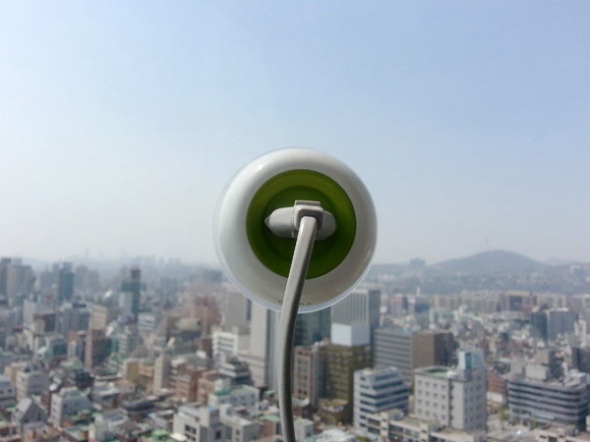
The idea of harnessing light has led me to consider a different branch of recycling. Instead of considering the term ‘recycling’ in the sense of taking one solid object, at the end of its lifecycle, being turned into another solid object, I’m going to give consideration to natural things we rely on everyday, and see how they might be reprocessed and reused. The ‘Window Socket’ design above harnesses light, and it could be argued that this is recycling, as the light itself has already served to allow life and light on earth and support photosynthesis.
Another natural resource which I’m considering is water. While the majority of houses have gutters, it seems the water is most often just drained away from the building rather than reclaimed. It is becoming more common practice to reclaim water from sinks and showers for use in toilet cisterns but I still feel more could be done.
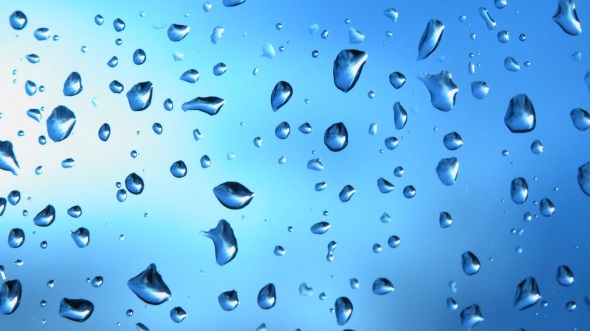
I have noticed during my life as a student, living in a more densely populated area than I ever have before, how much waste is produced. The vast majority of this is avoidable. The worst of all is food waste, and I have always found it difficult to understand how people can throw food away, or allow it to go bad. I think I have been lucky to grow up in the countryside with a family vegetable garden, and I’ve seen at first hand the effort it takes to produce good quality and healthy food. I put the vast wastage of food down to the modern culture of fast food and ready-made goods, which conceal the real effort of production, along with the lack of understanding and education about food and ethics. A report here from The Guardian shows that Britons, on average, threw away 24 edible meals per month per household last year, a truly staggering and disgusting amount of waste. I think product design, and a ‘recycling’ based solution may hold some of the answers to improving this issue, and laying down better foundation for future generations.
Play and Creativity Recycling Project: An old proverb and a few thoughts…
Posted: January 28, 2014 Filed under: Field | Tags: Gareth Loudon, Play and Creativity, project, recycling Leave a comment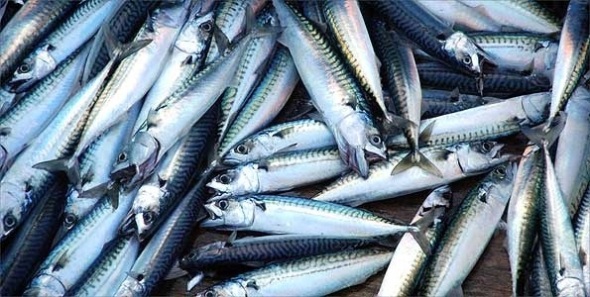
For our Play and Creativity module we will be producing a piece of design on the theme ‘Recycling’, while considering the topic and discussing it with a few fellow art and design students, we came to the topic of education, and how the ideas of recycling, and the ethics of recycling, rely heavily on the education and understanding of both why we recycle and how we recycle. It was at this stage that a proverb came to mind:
‘Give a man a fish and you feed him for a day; teach a man to fish and you feed him for a lifetime.’
I considered how this point might be translated and associated with my project, and came up with the following idea:
‘Offer a man one item made of recycled material, and give him one new product. Offer him a means of recycling, and you give him the resource to recycle’.
On reflection of this, I am now deciding on which if the two paths to follow:
A) A path whereby I will choose a material, or product, which is recyclable and design a product which can be made from the material(s).
B) A path which allows me to design something which encourages, or allows something to be recycled and in doing so educates the user.
Primary Research: Cranes in Cardiff.
Posted: January 27, 2014 Filed under: BSc Constellation | Tags: BSc constellation, cranes, Gareth Loudon, research 1 CommentToday, my BSc module project partner and I went to do some primary research. Of the two styles of cranes we went to view, this design is the more commonly seen due to its use in the construction trade. A number of the features we discussed while undertaking the research were:
– The use of a triangular prism frame, or ‘Toblerone’ shape frame as we preferred to call it, for the crane arm.
– The location of pivot points to minimise stress, and to require the minimum number of motors to produce the same number of movements as other designs.
– The scale, and whether our crane has to be so tall for it’s required use.
– The use of repeating frame units and crossbars for support.
– The requirements for counterbalancing.
The Guardian: ‘How a 3D printer gave a teenage bomb victim a new arm – and a reason to live’
Posted: January 24, 2014 Filed under: In The News | Tags: 3d printing, in the news, the guardian Leave a comment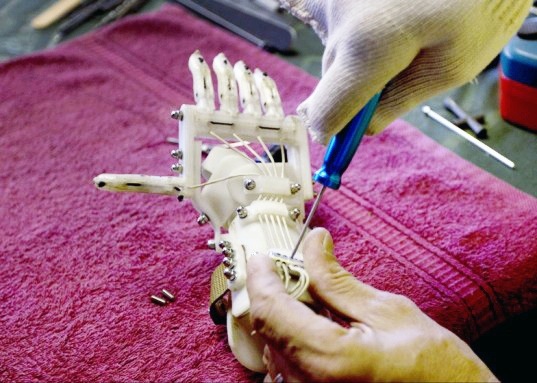
The article can be found here, I feel it highlights the importance of this up-and-coming technology to both developed and developing countries. To produce a working prosthesis for £60, which is completely editable, and easily replaced or modified, shows a potential direction for the next developments in social and economical advancement, alongside technology. Could we perhaps see charities getting behind this sort of technological application? What could be the next development, and are there even any restrictions in what could be produced for good or evil?
‘Greenhouse’ Interactive Installation.
Posted: January 23, 2014 Filed under: Field | Tags: Field, Gareth Loudon, Play and Creativity Leave a comment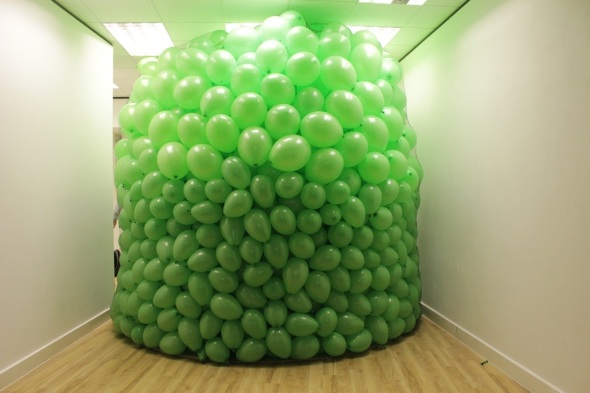
This evening while walking through the Queen’s Arcade in Cardiff me and a couple of fellow product design students came across an unusual looking shop unit, at first we dismissed it and carried on walking but on second glance we were invited in. Inside was a huge net which filled the back of the shop and touched the ceiling. Spotlights shone up on the net, which was filled with two thousand balloons and made up an interactive installation called ‘Greenhouse’. We were instructed to remove our shoes, coats and drop our bags before a ‘sensor’ with a light-dependant resistor was placed around one of our waists and music was turned on. We were then ushered to an elasticated strap door at the front of the net and entered the balloons. Once fully inside the installation, the volume of the music increased and decreased in waves as light intensity changed, the static energy build up was fairly intense and I could feel the hairs on my head and arms standing on end. The colour was similar to swimming under water in the sea with a blurred dappled nature. Despite the music, the most obvious sound was of the rubber squeaking. It wasn’t until attempting to find the exit that I felt a slight feeling of disorientation, but overall the experience was very positive. The product designer in me wanted to consider how this experience could be applied to my subject, I think the installation could be used as sensory environment and may on some scale have an application in multiple sensory therapy for people with learning disabilities or as a tool in rehabilitation. It was also eye opening to see how a balloon, which is usually a decoration, could be used to produce something interactive. Another consideration is the use of materials which create different sounds, touch and lighting.
‘Greenhouse’ website.
Experiment Number One, Creative Problem Solving…
Posted: January 23, 2014 Filed under: Field | Tags: experiment, Field, Gareth Loudon, Play and Creativity Leave a comment
Today we took part in the first of two experiments with Doctor Gareth Loudon, I will not divulge too many of the details of the process as experiments are ongoing, but in basic terms it involved an individual solo creative problem solving test which was timed, and I believe the aim is to assess different approaches to problems requiring creativity under pressure. Experiencing live research at first hand was very interesting and I’m intrigued to hear the findings.
Sensory Exercises and Designing with the Blind in Mind…
Posted: January 23, 2014 Filed under: Field | Tags: Field, Gareth Loudon, Play and Creativity Leave a commentAs part of today’s exercises, a group of nine of us volunteered to be blindfolded, we were then lined up and handed various items to identify. The challenge was to test the restriction of the senses, one of the items handed to us was a plastic bag, but the texture revealed it to be a biodegradable, non-plastic bag. We then went on to link hands and tour the campus without sight, and while the most obvious difficulties were the disorientation, co-ordination and the confusion of being connected in a train, one of the surprising experiences was recognising what your other senses take in, for instance the smells of wet paint and ceramic, the feeling of cold walls and the general excitement in the voices of people around you. I have heard on numerous occasions that people who are blind have sometimes developed more sensitive senses of hearing to overcome these issues, but the exercise itself brought to light how true this is. This exercise put me in mind of a TedTalk I listened to recently, titled: Chris Downey: Design with the Blind in Mind, this expanded on the sensory needs of blind people, and how the considerations of these needs could inform better design for all of us.
Meditation App claims to increase creativity…
Posted: January 23, 2014 Filed under: Field | Tags: Field, Gareth Loudon, Play and Creativity Leave a commentAn App to increase mindfulness and stimulate creativity.
Graham Wallas, The Art of Thought, 1926…
Posted: January 23, 2014 Filed under: Field | Tags: Field, Gareth Loudon, Play and Creativity Leave a comment
Recognised as the earliest theory of a creativity, Wallas realised a four step process. Interesting is that he credited the need for incubation. This seems counter intuitive, rather than suggesting the need to work with greater intensity in this stage, his theory introduced the notion of slowing down the process, allowing it to be formed by itself, rather than seeking to form it.




